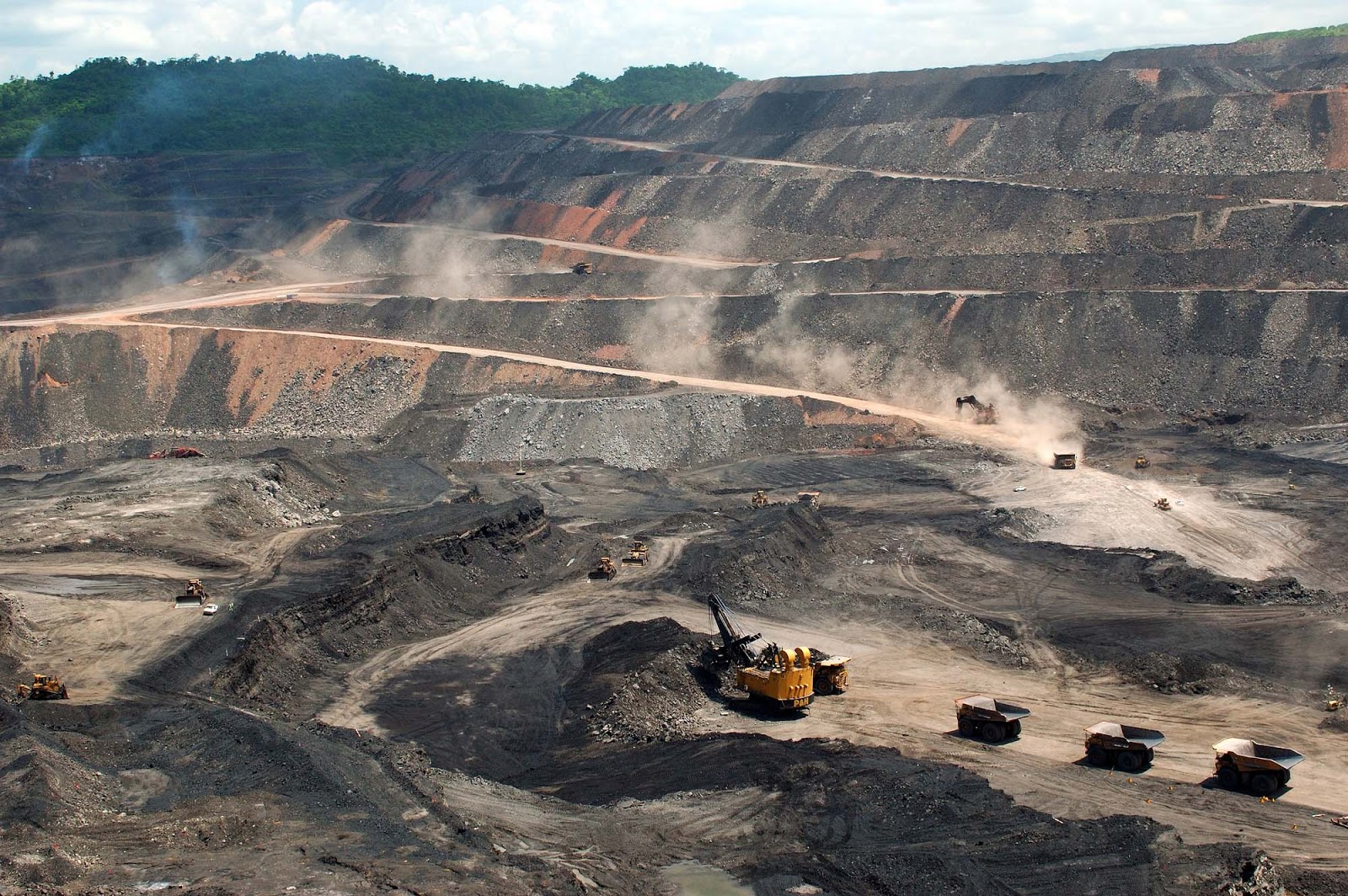BUDGET 2014 presented by the Finance Minister Arun Jaitely has finally put to rest the prevailing uncertainties in the ailing mining sector. “The current impasse in mining sector, including, iron ore mining, will be resolved expeditiously. Changes, if necessary, in the MMDR Act, 1957 would be introduced to facilitate this”, said Jaitley in his Budget Speech.
The wp Journal has first reported last week about the presentation made by Anup K Pujari, Secretary, Ministry of Mines at the PMO, outlining a long-term vision for the revival of the beleaguered mining sector along with short-term goals.
The broad theme of this presentation was development with sustainability. The key points included:
- Bringing operational efficiency in the Indian Bureau of Mines and the Geological Survey of India
- Getting the Mines and Mineral Development and Regulation Bill cleared in Parliament
- Some vital policy-level changes in the Mining of minerals in sates
- Addressing rehabilitation and environmental concerns with speed and transparency
Jaitely seems to have taken the first step towards removing the bottlenecks of the otherwise degenerating mines and minerals sector. However, the finance minster has tried to balance his act by making his priorities and intentions clear, through a short statement, saying, “It is my Government’s intention to encourage investment in mining sector and promote sustainable mining practices to adequately meet the requirements of industry without sacrificing environmental concerns.”
According a report prepared by FICCI’s mining committee, India has gold resources of 490 million tonnes but only 17 per cent of it has been explored and marked as reserves. Similarly, for coal, of total resources of 280 billion tonnes, 40 per cent is available as reserves. Iron ore has 25 billion tonnes of resources, 28 per cent are reserves. The potential is obvious, but exploration of minerals, except petroleum, have been adversely impacted primarily because of regulatory hurdles and funding crunch, along with other bottlenecks; like lack of a clear-cut environmental policy and aggressive opposition from social activists and pressure group. While India spends a meager 0.5 percent on mineral exploration, Canada and Australia top the list of countries with maximum expenditure on mineral exploration, 19 per cent and 12 per cent respectively of the global share.
The mining industry’s turnover was projected around 30 billion dollars by 2013. But unfortunately, more than 2-year-long policy paralyses in the former UPA regime along with a plethora of mining scams has badly impacted the entire mining and mineral industry. According to some reports, more than 60,000 mineral concession applications are pending with the Ministry, including applications for mining leases, prospecting licenses and renewal of permits.
Interestingly, mining by its nature of business and operations, contributes roughly 5 percent to wp and community development programmes, a contribution that till now was voluntary. Industry experts believe that with the mandatory wp regime and the new liberal mining policy, India could probably see a huge influx of funds for environment protection and social sector development.
Traditionally, the mining sector has been voluntarily contributing in community development programmes and social engagements initiatives, but the industry has been suffering due to policy paralysis and shortage of funds. With the Budget providing some direction, the mining sector could perhaps play a big role in development, through already established wp initiatives.


